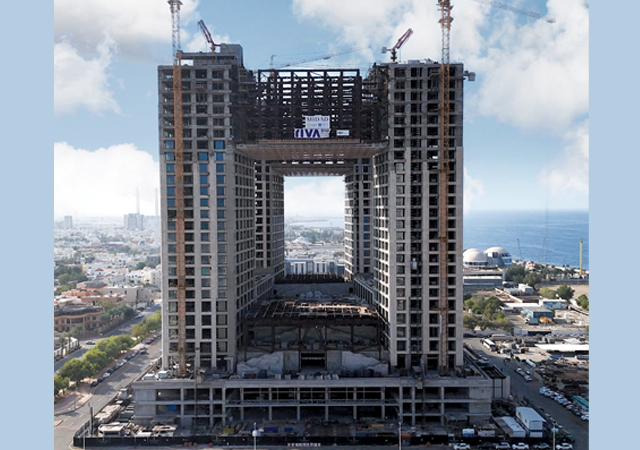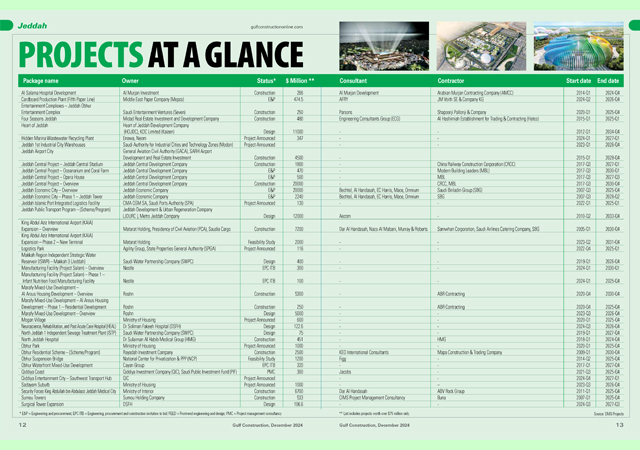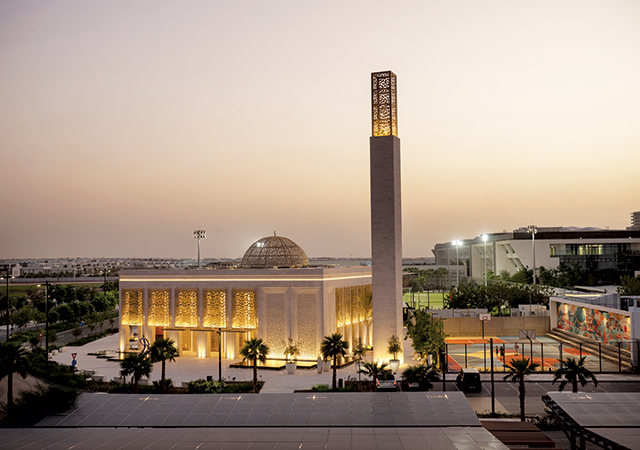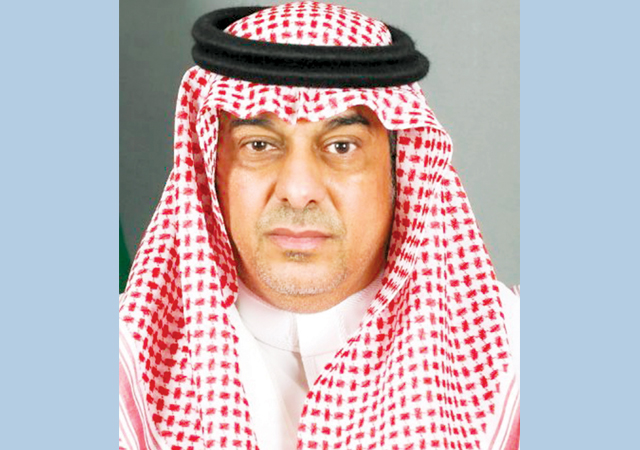
 The percentage of water loss in transmission across the GCC region varies between 15 per cent to 60 per cent.
The percentage of water loss in transmission across the GCC region varies between 15 per cent to 60 per cent.
With the increasing demand for water putting a strain on the region’s already limited water resources, it is crucial for the GCC countries to adopt more innovative and sustainable approaches to efficiently manage and safeguard their water supply to serve the needs of a growing population, says Helen Bali, WSP Middle East’s Head of Water.
Providing her insights (https://www.wsp.com/en-ae/insights/making-every-drop-count-smart-water-management-approaches) on the current scenario and how the GCC can drive a sustainable change in its water sector, she says much of the water supply is provided using unsustainable methods, water loss in transmission is significant, and a high percentage of water extracted from the ground is used for irrigating water-thirsty plants.
In terms of water loss, while globally, the average treated water loss in transmission is about 30 per cent – short of the ‘Best Practice’ target level of 10 per cent – she says, according to World Bank figures, the percentage of water loss in transmission across the GCC region varies between 15 per cent to 60 per cent, with an average of more than 35 per cent of treated water being lost before reaching its final destination. In terms of volume, a 2020 statistical assessment equates this to over 0.5 million cu m of water lost from transmission and distribution networks alone.
While reasons for this loss can vary from incidents such as water leakage or pipe breaks to apparent losses such as metering inaccuracies, many of the solutions to address them remain the same, Bali says in the WSP Insights report.
From a financial perspective, assuming that this water would ultimately need to be replaced by desalinated water, the resulting loss could be a significant amount of lost revenue and repair costs for water distribution companies. Apart from the financial aspects, this replacement water is typically produced in energy-intensive desalination plants that have a significant carbon and environmental footprint.
To improve the current situation smartly, she says, we need to approach the challenge in multiple ways, depending on the status of the networks.
As a priority, every new transmission network must include permanently installed automated leak detection using technology such as acoustic or thermal sensors to allow rapid identification and repair of leaks. In addition, real-time flow monitoring at each end of the line, connected and synchronised through Scada (Supervisory Control and Data Acquisition) systems, will also help identify any water loss in the line, allowing for quick remediation at the point of loss, she says.
Throughout the design and construction process of pipes, reservoirs, and pumping stations, compliance with international codes and the application of proper quality procedures are essential. Simple debris left in a joint during the construction of a water-retaining structure can waste vast quantities of water over the asset’s lifetime.
By introducing smart technology in existing networks, losses can be tracked to confirm whether they are real or apparent. At reservoirs and pumping stations, simple algorithms integrated into Scada systems can assess the levels in the reservoirs against the incoming and outgoing flows, as well as monitor the ground around the external edges of the structures using automated sensors.
Within the pipes themselves, solutions such as in-pipe acoustic resonance technology can be applied, to identify changes in sound and anomalies in the pipe wall, allowing further physical investigations to take place, she adds.
Other options include non-destructive and non-invasive noise correlators – utilised in Germany for over 50 years – which are now being used by a number of the UAE water providers.
At the distribution level, the establishment of DMAs (District Metering Areas), either during network design or developed retrospectively, when combined with smart property meters and connected Scada systems, will allow real-time monitoring of the networks and assist in the identification of any non-revenue water in the distribution systems, including non-physical causes.
By integrating these options with artificial intelligence (AI) based on real-time monitoring and the advancement of digital twins, network operators can transition to predictive maintenance, thus enabling pre-emptive action before these losses arise, the report says.
Technology can also be deployed to help mitigate water scarcity in the region, according to Bali. One such solution being developed is the concept of “air to water” collection systems.
These systems gather water from the air or morning dew using panels or nylon/polypropylene nets capable of collecting moisture. While these technologies are still in their early stages, they could potentially prove to be a great solution for some remote communities, reducing pumping costs and associated losses.
It is also important to ensure localised retreatment of greywater, she says, as this not only reduces the per capita demand for the community where it is applied but also avoids additional pumping costs, unnecessary upgrades of installed networks while minimising water losses during transportation from a treated source. Treated greywater can be used for non-potable purposes in the region.
“The main success factor that are critical for reducing the reliance on desalination in the GCC will involve creating a much more circular water economy at the local level, whether for domestic, industrial, or agricultural water use. Achieving this will require financial support and fostering a broader understanding of the benefits of reducing water demand, encompassing both long-term financial gains and immediate sustainability and environmental benefits,” she says.
In the water industry, we must consider providing subsidies for enhancing water systems and reducing water demand, Bali points out. Although new ideas and approaches might necessitate significant upfront investments, they often lead to cost savings over time due to improved water availability.
Despite the region’s typically sparse rainfall, it is essential to conduct proper assessments to determine how rainwater can be retained and reused.
The introduction of simple solutions could reduce water demand in the region by as much as 25 per cent for losses in networks or an additional 30 per cent through the wholesale introduction of greywater. As new solutions underpinned by emerging technologies become more accessible, it’s essential to assess how we can use technology in the reduction of water demand through smarter, more circular approaches to water management, Bali concludes.














.jpg)










































